Awesome! Earth rising behind the Moon! A miracle? Check how NASA did it
NASA has shared a rare view of Earth rising behind the Moon! Here is how it captured the rare peekaboo moment when Earth popped up behind our Moon.
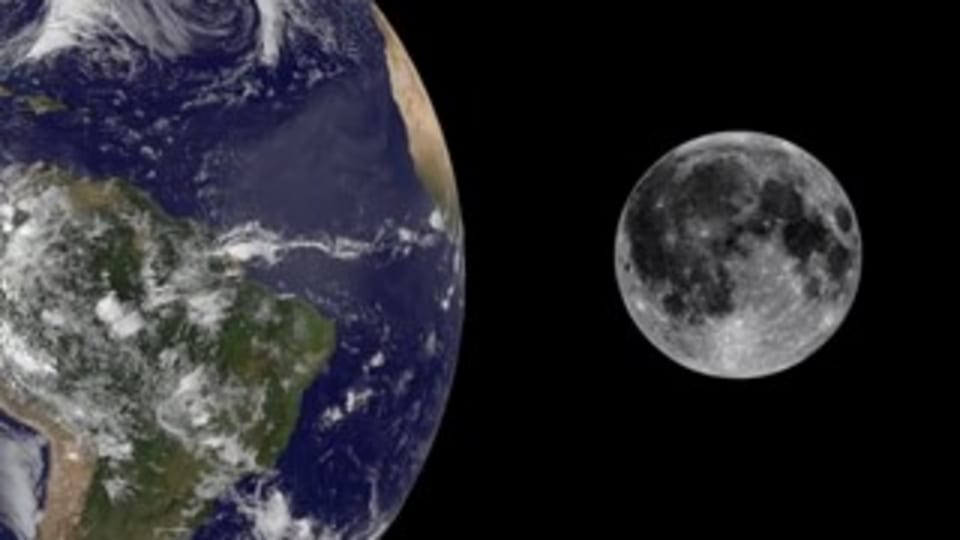
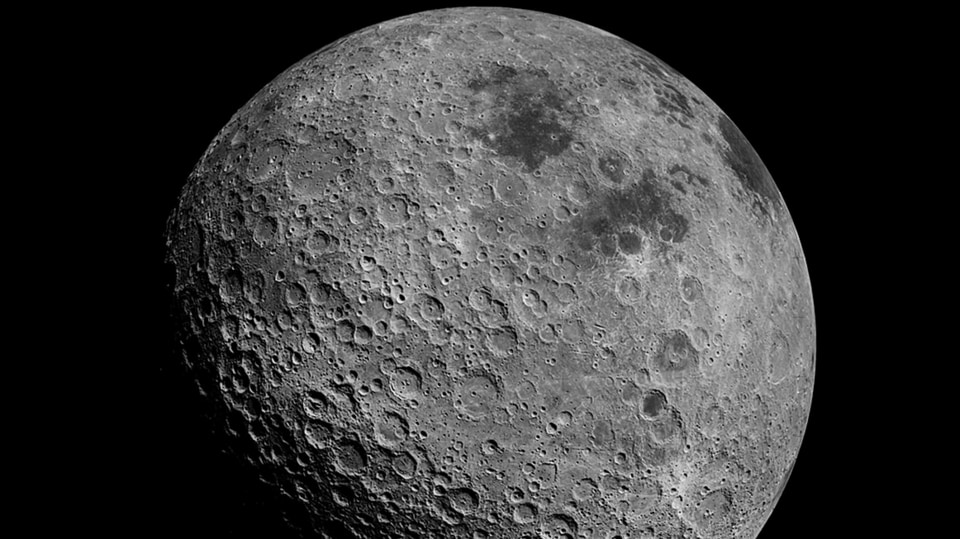
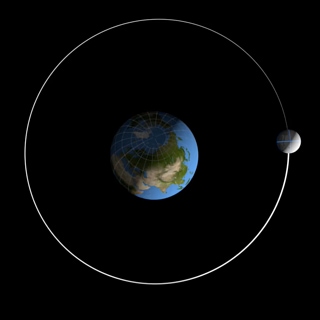
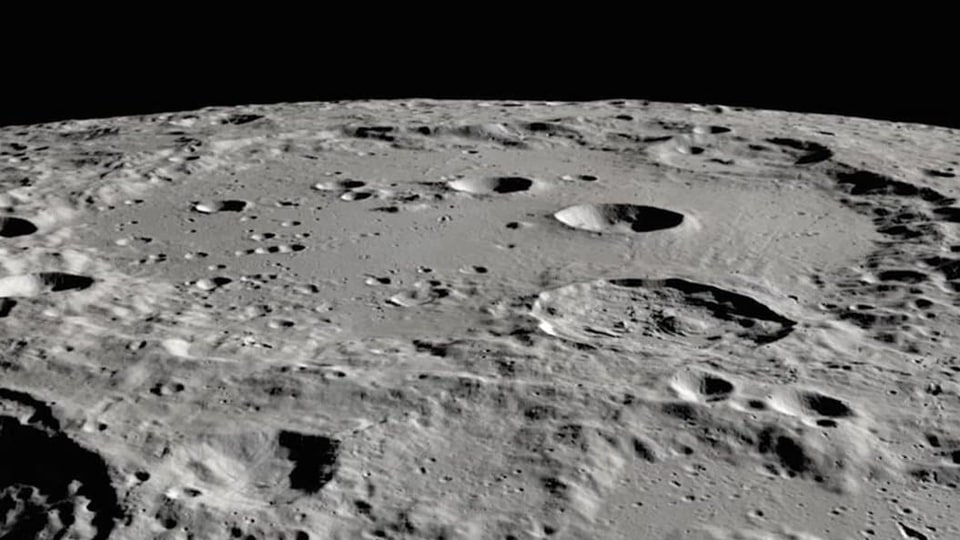
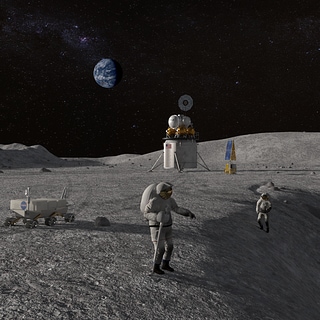
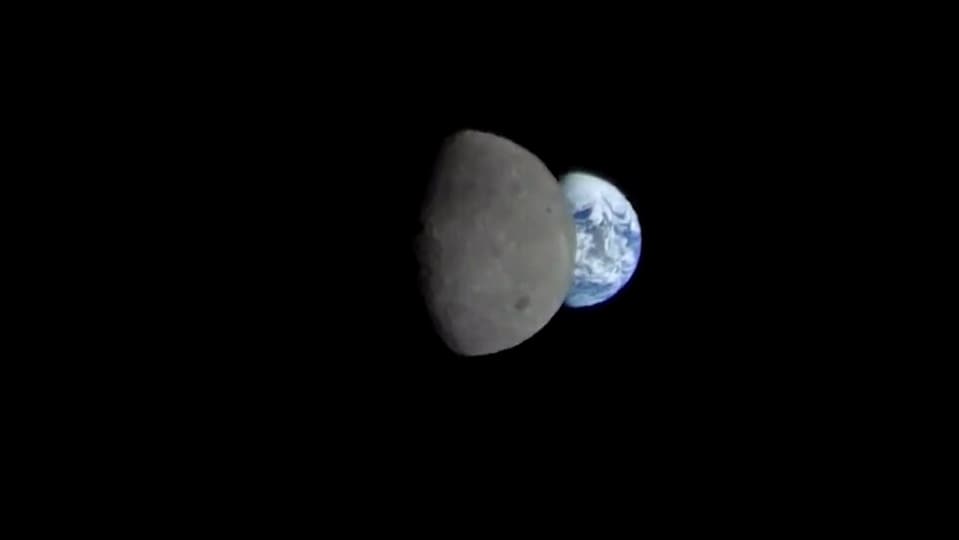
 View all Images
View all ImagesIn a rare moment that is simply amazing, NASA captured the Earth and the Moon in a way that seems simply miraculous. NASA has shared an animated video that shows our Earth rising behind the Moon. No miracle this, but simply a bit of science and tech. The image was captured by NASA's Orion spacecraft of the Artemis I mission. NASA also said that the shared video is 900 times the actual speed and has been rotated and cropped. In the video, Earth's disk seems to disappear behind the Moon while it re-emerges from the other side. The video is captured on Day 13 of the Artemis I missions' Orion capsule's 26-day uncrewed mission, that is November 28.
NASA's Orion spacecraft's camera managed to capture the dark side of the Moon, which is a textured and heavily-cratered landscape, which we can't see from Earth. Also, it indicates that the Moon shows the same face as Earth because it is tidally locked with Earth. Moreover, you might witness that the Moon and Earth appear to wobble in the video. The mystery behind this wobbling too has been solved by NASA. The US space agency replied to a user on Twitter, “The slight wobble is because the camera was in a fixed position on the spacecraft's solar array while the Moon and Earth continued to move in their orbits relative to Orion.”
More about NASA's Orion Spacecraft
Recently, NASA's Orion spacecraft splashed down back to Earth on 11 December 2022 after a record-breaking mission. NASA revealed that it traveled more than 1.4 million miles on a path around the Moon and returned safely to Earth after 25.5 days while completing the Artemis I flight test. NASA tested Orion in the harsh environment of deep space before tries to fly astronauts out on Artemis II sometime in the near future.
During this mission, the spacecraft Orion performed two lunar flybys while coming within 80 miles of the lunar surface. NASA revealed that at its farthest distance, Orion traveled around 270000 miles from Earth and more than 1000 times farther than where the International Space Station orbits Earth. The captured peekaboo view of the Moon and Earth is one of the many achievements of this mission, but probably it is one of the most breathtaking.
Catch all the Latest Tech News, Mobile News, Laptop News, Gaming news, Wearables News , How To News, also keep up with us on Whatsapp channel,Twitter, Facebook, Google News, and Instagram. For our latest videos, subscribe to our YouTube channel.































